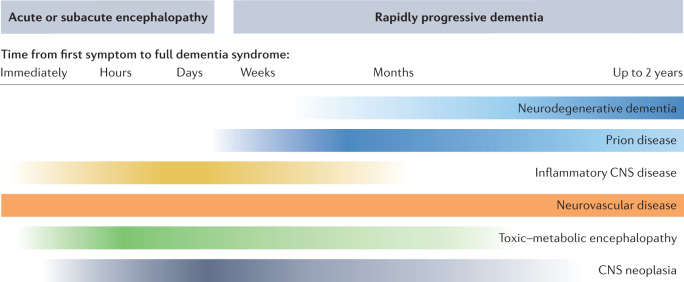Fig. 2. Probable rapidly progressive dementia aetiologies in relation to time from onset to dementia.
The chart reflects the likelihood of particular disease categories in light of the rapidity of cognitive decline. The time of symptom progression (indicated above disease categories) ranges from immediate onset of relevant cognitive dysfunction (left) to 2 years from onset of first symptoms to presence of dementia (right). Higher colour intensity indicates a typical time frame for each disease category. Patients with Creutzfeldt–Jakob disease usually develop a full dementia syndrome within a time span of a few weeks or a few months after onset. In other rapidly progressive neurodegenerative dementias, this process usually takes from several months up to 2 years. Encephalitides and metabolic encephalopathies are likely to show immediate or subacute onset with very rapid disease progression, whereas vascular encephalopathies are extremely heterogeneous and can show immediate onset of dementia (after stroke, for example), rapid disease progression (vasculitis), or moderate or stepwise progression (classic vascular dementia). This chart is intended to provide a rough overview and exceptions can occur. It is based largely on the literature reviewed in this article, as well as on the authors’ personal experience from their clinical work in a dementia referral centre and in prion disease surveillance.

